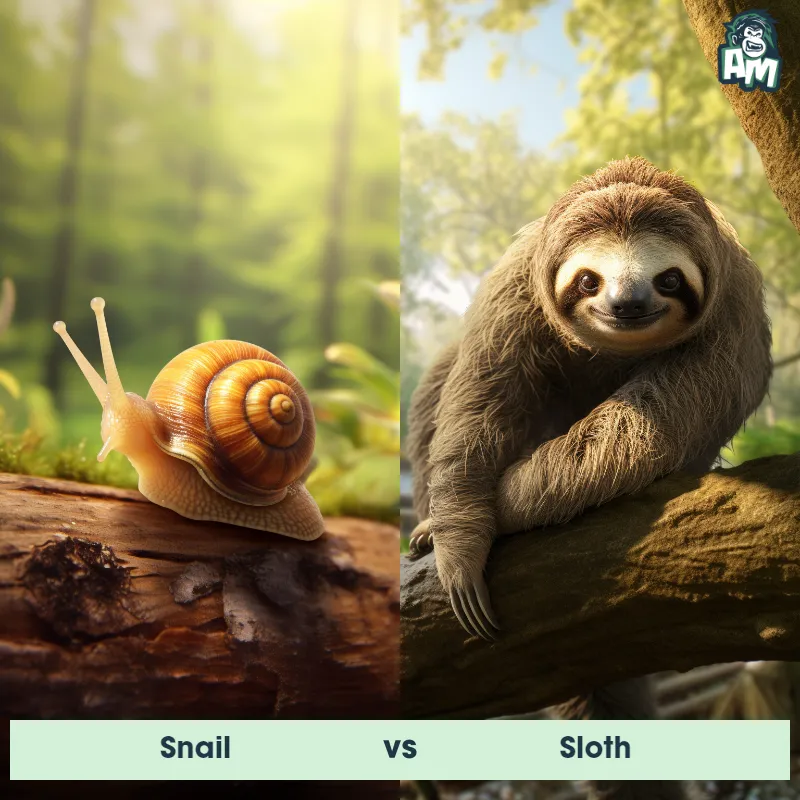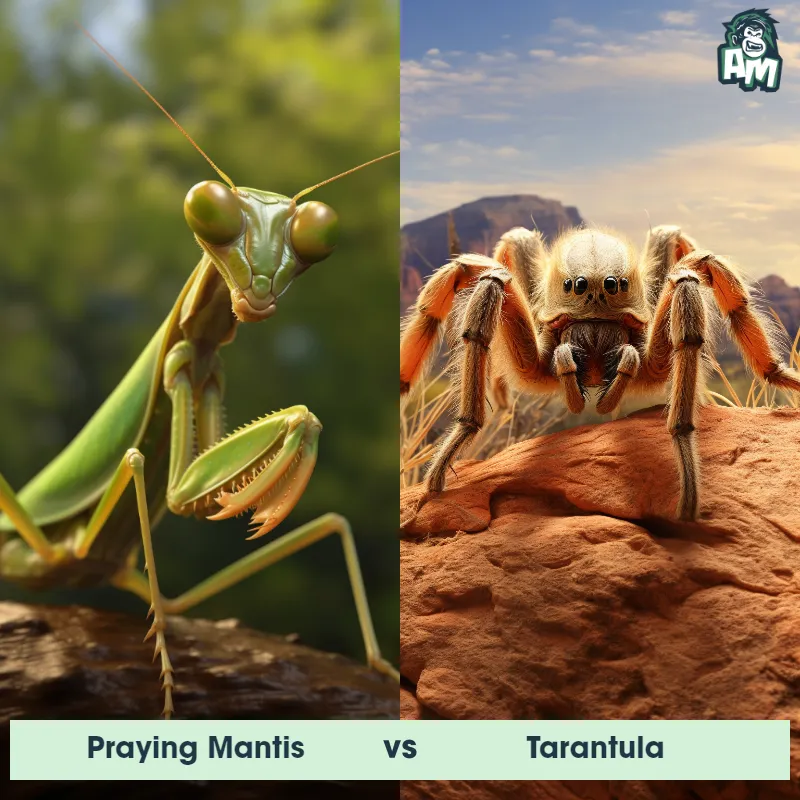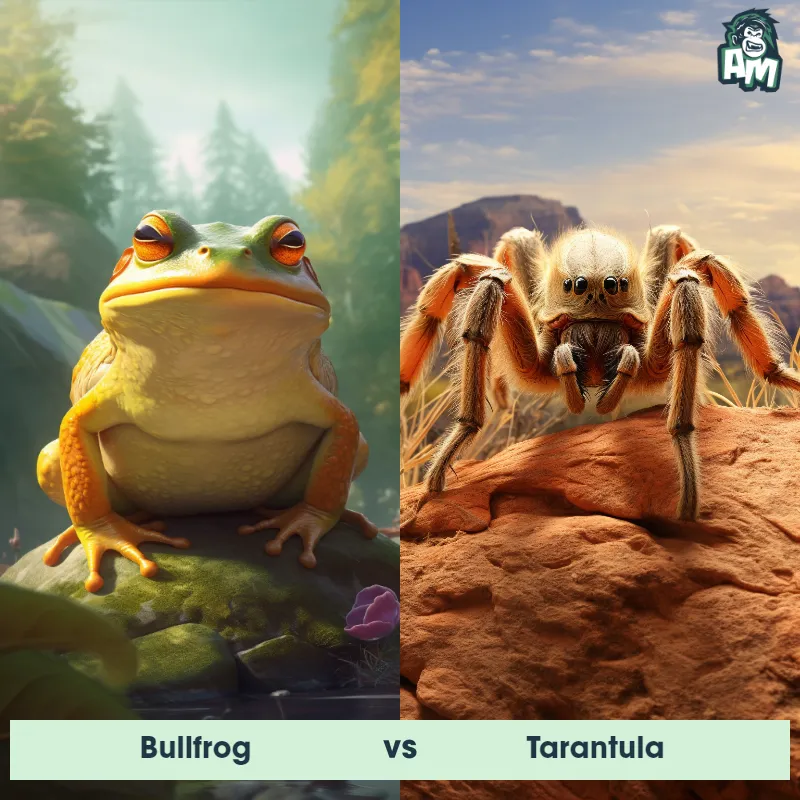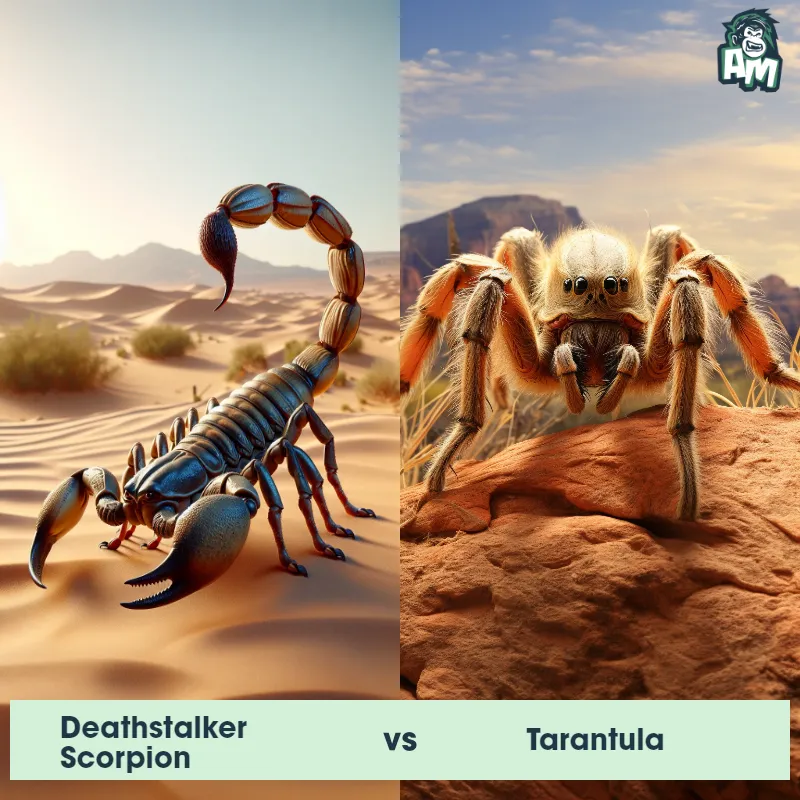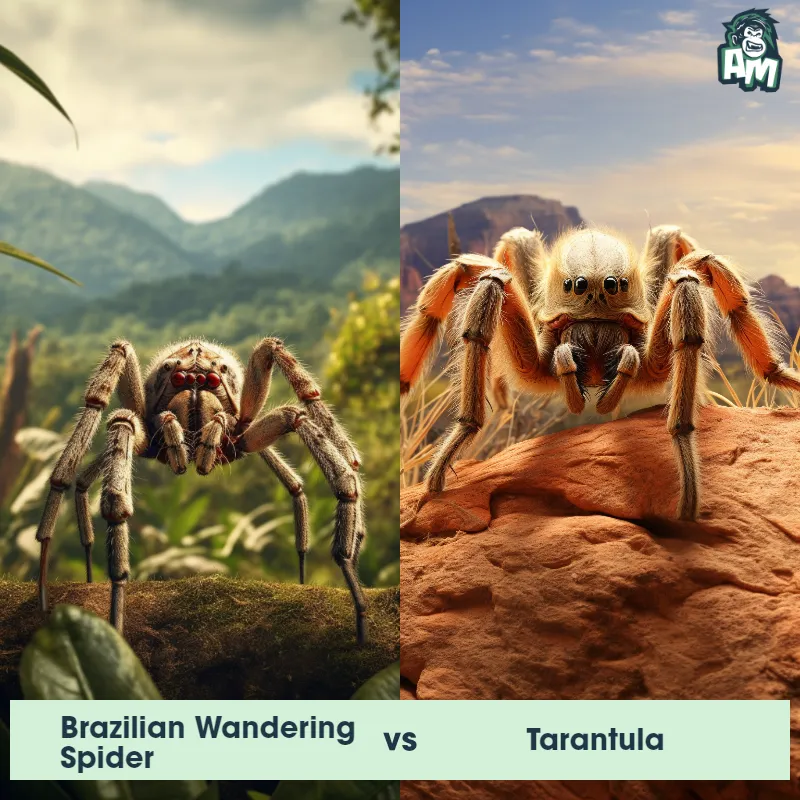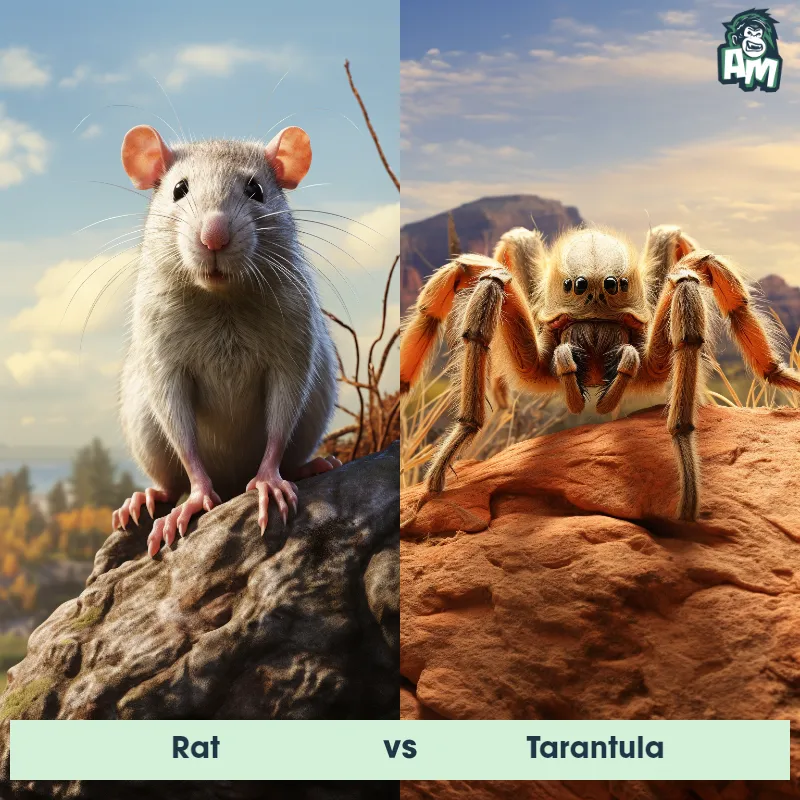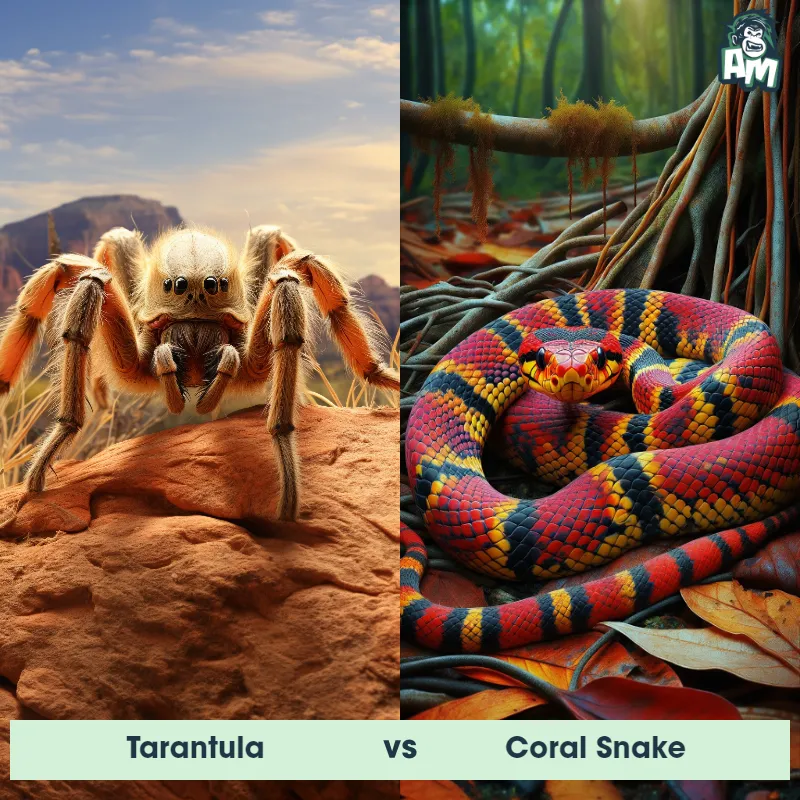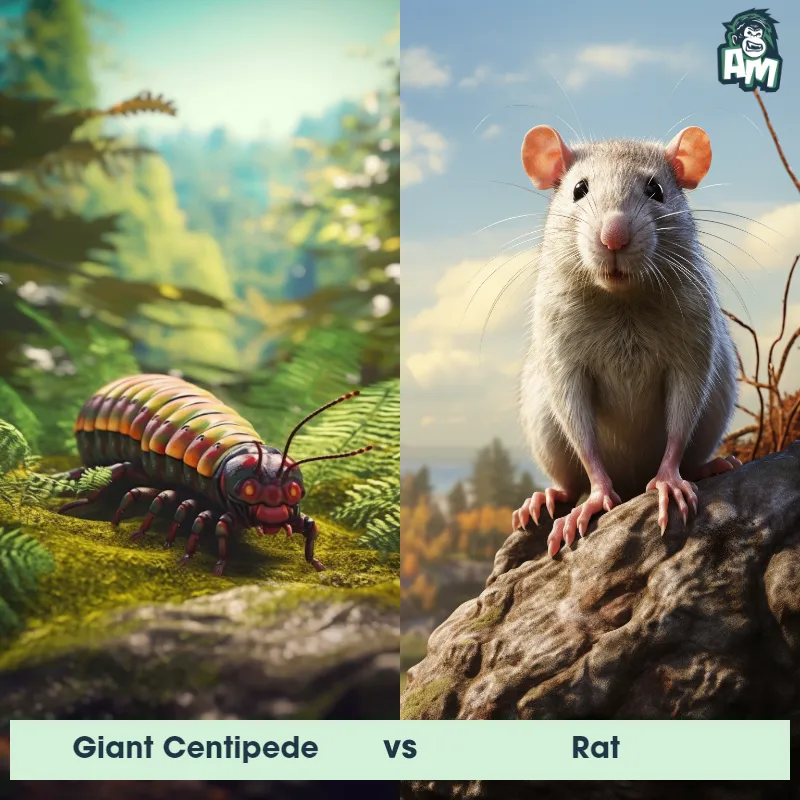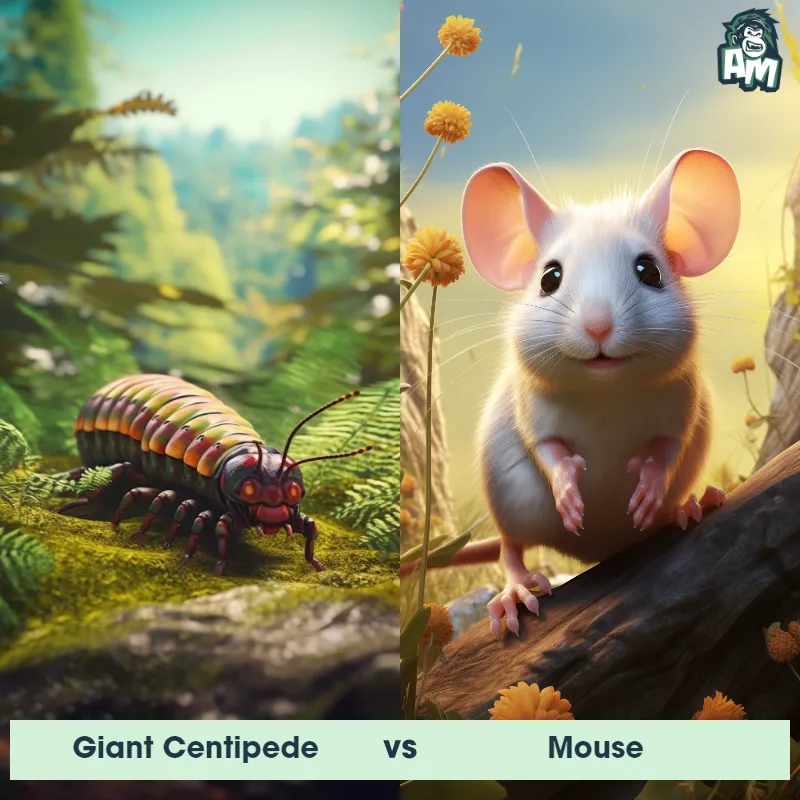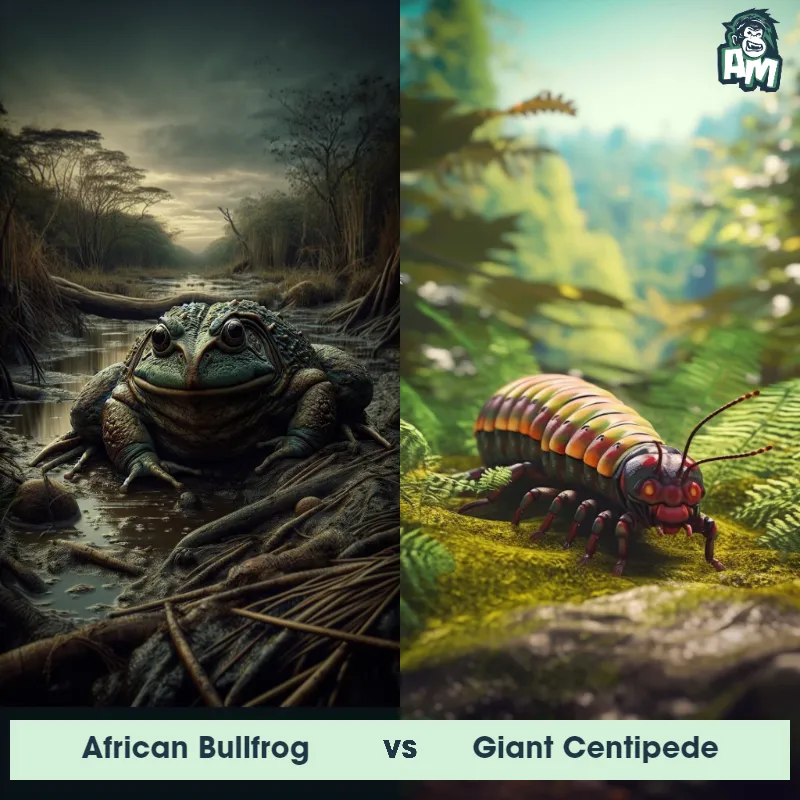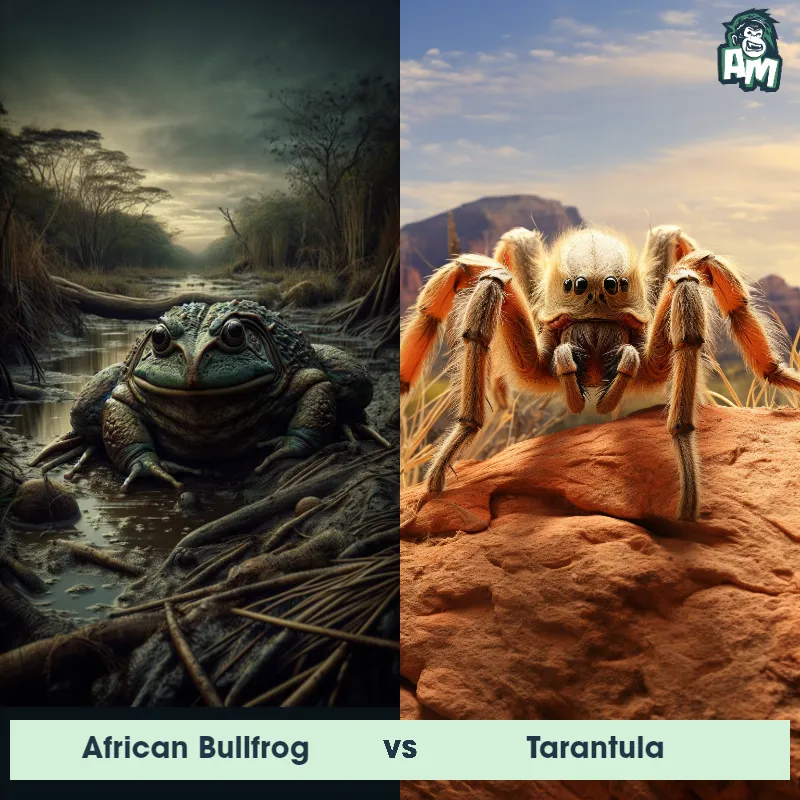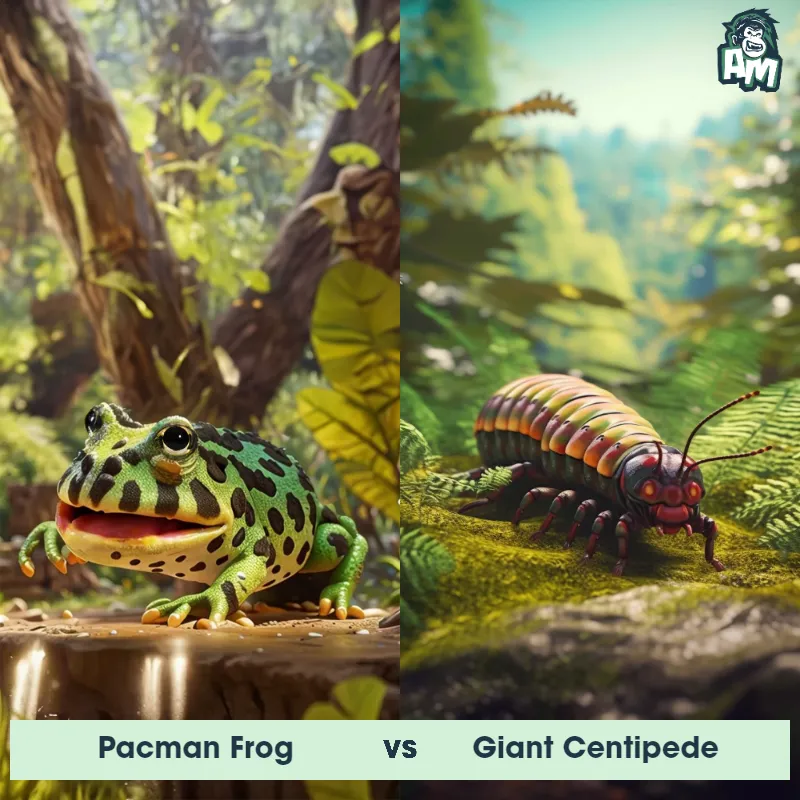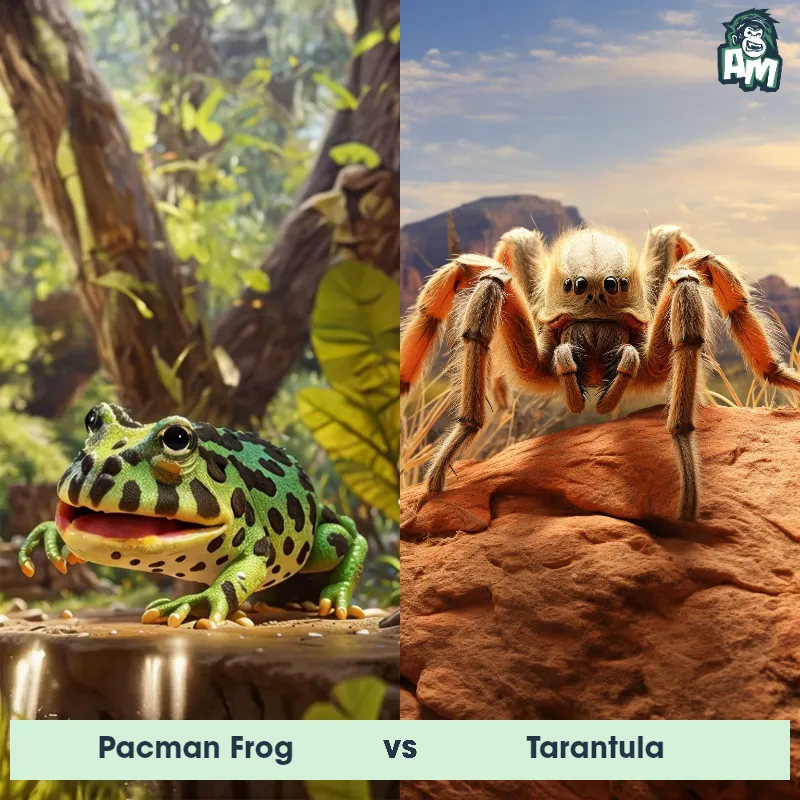Giant Centipede vs TarantulaSee Who Wins
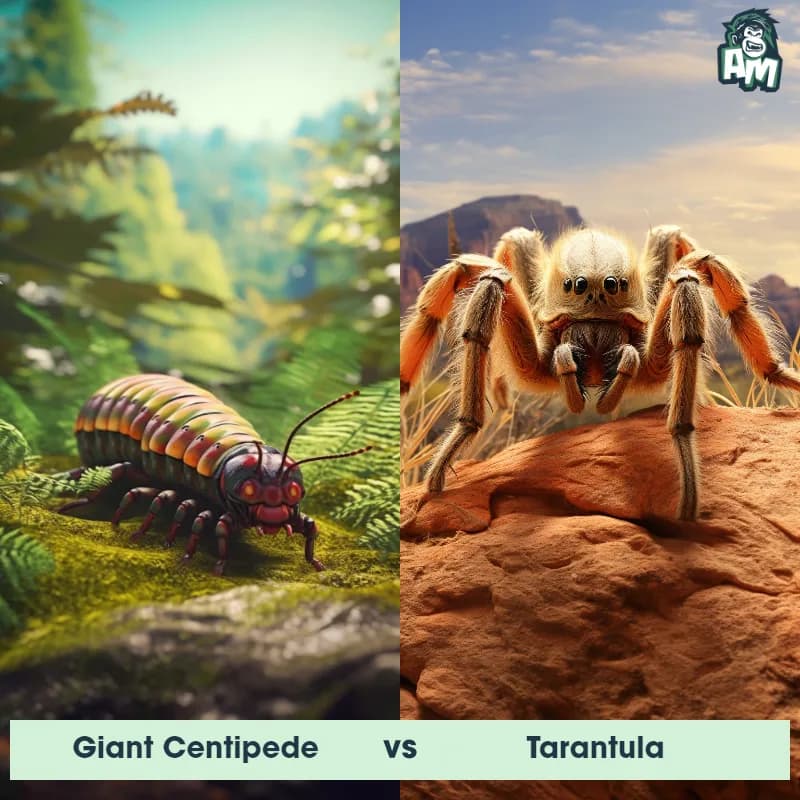
Ladies and gentlemen, welcome to this thrilling three-round matchup between two formidable opponents in the animal kingdom. In the red corner, we have the Giant Centipede—an agile predator known for its lightning-fast movements and venomous bite. And in the blue corner, we have the Tarantula—a skilled arachnid famous for its strength and deadly fangs. This is bound to be an epic battle, so let's get ready to witness the clash of these fascinating creatures!
Contender 1: Giant Centipede
The Giant Centipede, also known as Scolopendra gigantea, is a venomous arthropod that can grow up to 12 inches in length. It has a long, segmented body with numerous legs and a pair of venomous fangs that it uses to hunt prey. Its body is typically brown or reddish-brown in color, with yellow or orange legs and a black head. The Giant Centipede is found in tropical regions around the world, including South America, Africa, and Asia.
Fun Fact: The Giant Centipede is known for its aggressive behavior and powerful venom, which can cause intense pain, swelling, and even death in some cases.
Contender 2: Tarantula
Tarantulas comprise a group of large, hairy spiders that are found in various parts of the world, predominantly in the tropics. They possess eight legs, two body parts (cephalothorax and abdomen), and are known for their pronounced fangs, which they use to inject venom into their prey. Despite their menacing appearance, tarantulas are generally not harmful to humans, as their venom is weaker than that of a typical bee.
Fun Fact: Tarantulas are known for their unique defensive tactic where they can flick off tiny, barbed hairs from their abdomen when threatened, which can irritate the skin or eyes of a potential predator.
Matchup Stats
| Giant Centipede | Tarantula | |
|---|---|---|
| Size | Up to 12 inches (30 cm) | Up to 11 inches (28 cm) including leg span |
| Weight | Up to 3.5 ounces (100 grams) | Up to 3.5 ounces (100 grams) |
| Speed | Speed: 16 mph (25.75 km/hr) | 1mph (1.6km/h) |
| Key Strength | Venomous fangs and quick movements | Venomous fangs |
| Biggest Weakness | Vulnerable to being flipped onto its back | Slow movement |
Current Votes
Giant Centipede vs Tarantula
See Who Wins
View More Matches
Looking For More?
Similar Matches
Scientific Stats
| Giant Centipede | Tarantula | |
|---|---|---|
| Scientific Name | Scolopendra gigantea | Theraphosidae |
| Family | Scolopendridae | Araneae |
| Habitat | Terrestrial | Various, predominantly in tropical regions |
| Geography | Tropical regions of South America, Africa, and Asia | Worldwide, predominantly in the tropics |
| Diet | Insects, spiders, small reptiles, and mammals | Insects, small birds, rodents, and lizards |
| Lifespan | 3 years - 10 years | 10 years - 25 years |
Key Differences between Giant Centipede and Tarantula
- Appendages: Unlike the Tarantula, the Giant Centipede possesses a pair of venomous pincers (forcipules) directly under its head, which the Tarantula lacks.
- Leg appearance: The legs of the Giant Centipede are elongated and slender, equipped with sharp claws for capturing prey, whereas the Tarantula's legs are shorter and stocky, covered in dense hairs.
- Size: The Giant Centipede can reach lengths of up to 12 inches, while the Tarantula typically grows to a maximum size of 6-8 inches.
- Movement: Giant Centipedes are known for their fast and agile movements due to their numerous legs, while tarantulas move at a slower pace, often crawling or walking in a deliberate manner.
- Color: Giant Centipedes are usually characterized by their dark brown to reddish-brown bodies, whereas Tarantulas exhibit more diverse colors including black, brown, and various shades of orange, red, or blue.
- Body structure: The Giant Centipede has a long, segmented body with numerous pairs of legs, each segment adorned with a pair of legs, while the Tarantula has a robust, hairy body with four pairs of legs.






